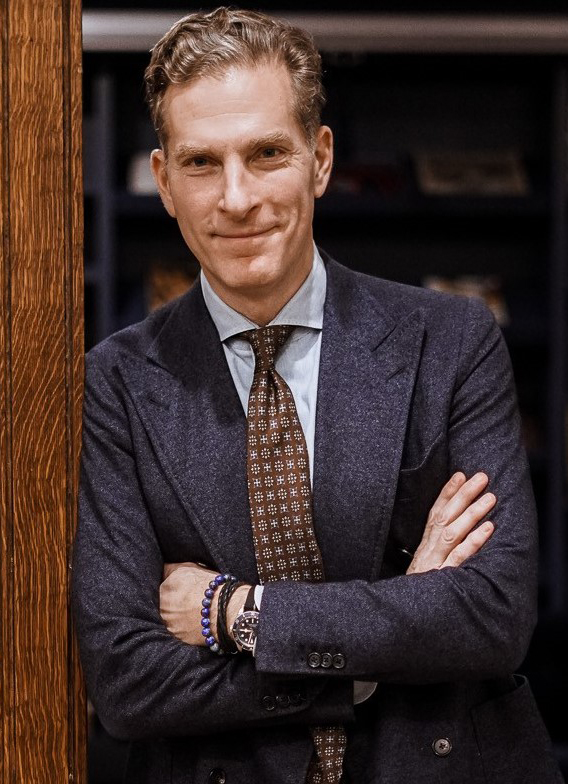 >
>
The U.S. Court of Appeals for the 9th Circuit held last week that Bikram yoga can't be copyrighted. The decision covers California -- yoga's American heartland -- and it'll probably influence courts elsewhere. Although the ideal of yoga being free to all is appealing, the court got this one wrong. The stylized, precise sequence of poses arranged by Bikram Choudhury, and performed in a 105-degree room, should have been treated as choreography, entitled to copyright protection, not as an abstract expression of medical ideas.
The court rested its holding on a classic feature of copyright law: You can't protect an idea, but you can protect the expression of that idea. If Shakespeare were around today, he couldn't copyright the idea of star-crossed lovers from enemy families. But he could copyright the text of "Romeo and Juliet" and so control performance of the play.
The court said that Bikram yoga is an idea, not an expression. In the late 1970s, Choudhury published "Bikram's Beginning Yoga Class," a book that describes and depicts the 26 elements of the sequence (and two breathing exercises) known as Bikram yoga. The book, of course, is copyrighted.
But, according to the 9th Circuit, "the Sequence is an idea, process, or system designed to improve health." In support of this argument, the court quoted Choudhury's book, in which he claimed to have "arrived at the sequence of postures" after researching "the diseases and the postures and after many years of research and verification ... using modern medical measurement techniques." And it quoted what the instructor says after the 12th step in the sequence, namely that yoga "is the only natural physical activity in the world because it is scientific [and] with the help of science, we can explain nature."
Yet the emphasis on the science of yoga doesn't demonstrate that Bikram yoga isn't also a highly specific form of coordinated bodily motions arranged in a particular way to produce an aesthetic reaction -- in other words, choreography.
Congress specifically gave copyright protection to choreography in 1976, without defining the term. (Apparently, you know it when you see it.) Remarkably, the 9th Circuit thought that it could deny choreography protection to the Bikram sequence without defining the term itself. The court said that the Bikram sequence can't be copyrighted because "it is an idea, process, or system," and those are legally unprotectable -- even if they are also choreography.
This can't be right. Consider the ballets of George Balanchine, whose copyrights are carefully guarded by the George Balanchine Trust. Each and every one of those ballets unquestionably incorporates an idea, or rather many ideas: of modernism, of classicism, of the relationship of movement to music, and so on.
What's more, many people do ballet as a form of exercise and as an aesthetic-spiritual meditative experience, just as they do yoga. If a teacher hung out a shingle and charged students to attend and follow along while she danced Balanchine's version of "Swan Lake," without permission from the Trust, this would surely be barred by copyright.
In other words, Bikram yoga instructors aren't just teaching a process -- they're performing a specific aesthetically inflected sequence.
Audience participation can't be the distinguishing feature, either. Consider the innovative performance-art works of Tino Sehgal. These sometimes include audience participation, as in "This Progress," which was performed at the Guggenheim in 2010. Other works consist of complexly choreographed movements of participants, like "These Associations," performed at the Tate Modern in London.
Sehgal's works certainly consist of ideas -- in fact, the works have no tangible content other than the idea. But the works are also expressions of ideas -- and in this sense they are much like choreography, and perhaps in some cases actually are choreography under the copyright laws.
The court concluded its rejection of the choreography argument by saying that "our day-to-day lives consist of many routinized physical movements, from brushing one's teeth to pushing a lawnmower to shaking a Polaroid picture, that could be … characterized as forms of dance." But there is a basic difference between quotidian actions that could be potentially transformed into stylized aesthetic sequences, and actions created and codified specifically to achieve a certain aesthetic effect.
There's no danger that copyrighting Bikram yoga would stop people from exercising, or from doing the manifold other kinds of yoga that have existed for centuries and aren't protected by copyright. What's at stake is protecting the creativity of a particular artist whose creation adds value to the world. Yoga isn't exactly ballet, and it isn't exactly performance art. But it's more closely analogous to either than it is to mowing the lawn -- and the Ninth Circuit should have protected it.
Comment by clicking here.
Noah Feldman, a Bloomberg View columnist, is a professor of constitutional and international law at Harvard University and the author of six books, most recently "Cool War: The Future of Global Competition."
Previously:
• 08/24/15: Black America has no rising leader, not even Obama
• 07/03/15: Supreme Court reaches the end of a political era
• 06/03/15: Will the Supreme Court really empower illegal aliens to vote?
• 01/27/15: Why judicial elections are idiotic and bad for law



 Contact The Editor
Contact The Editor
 Articles By This Author
Articles By This Author